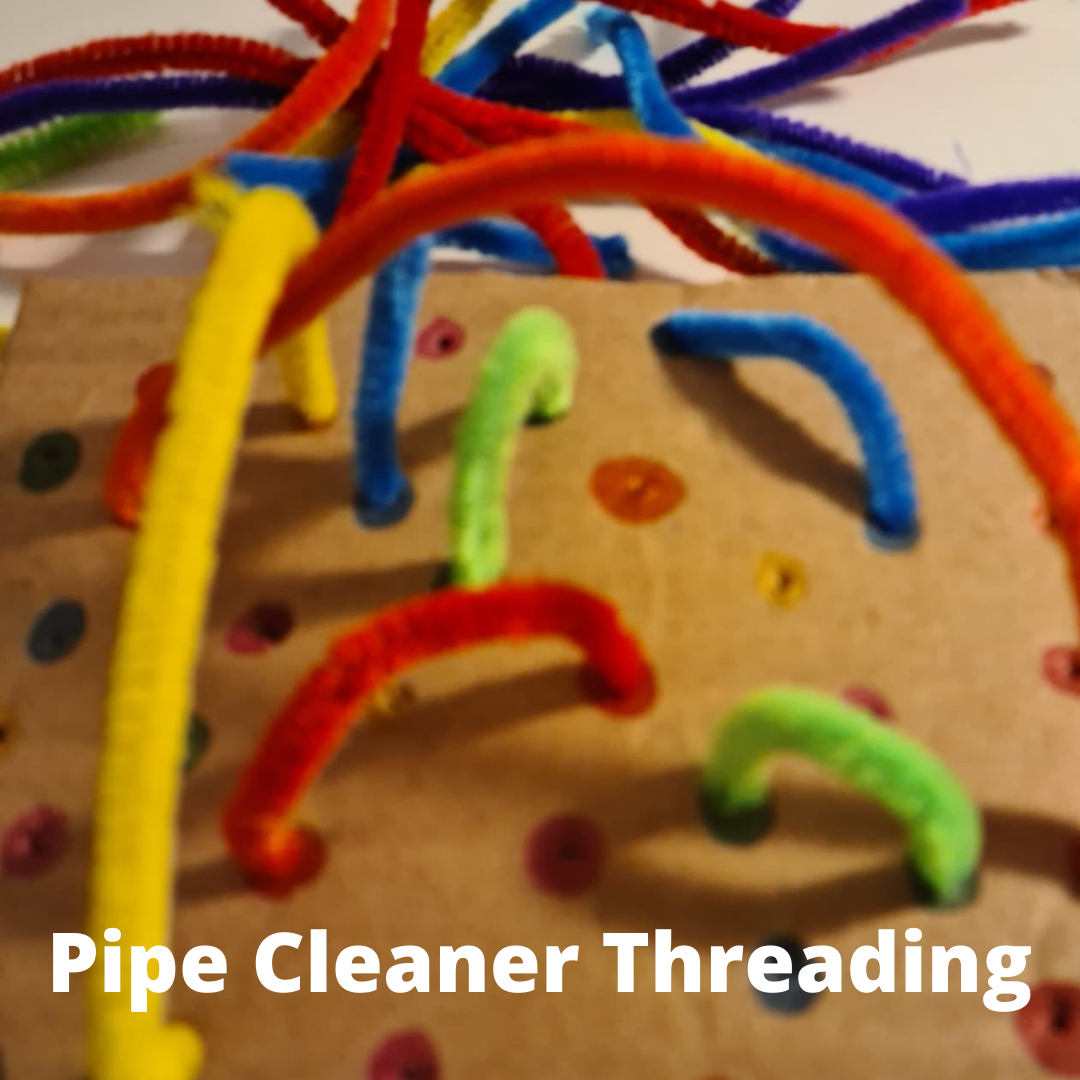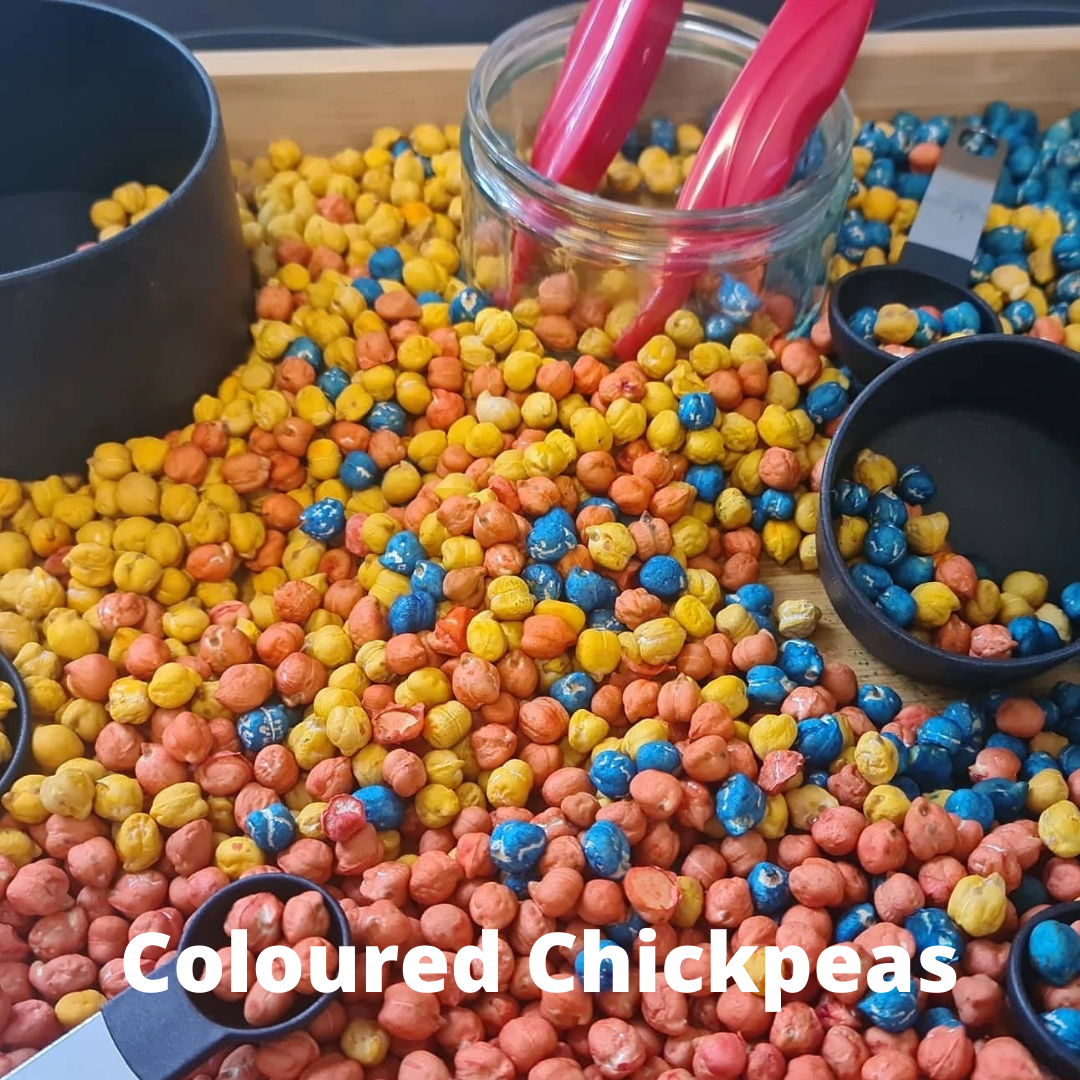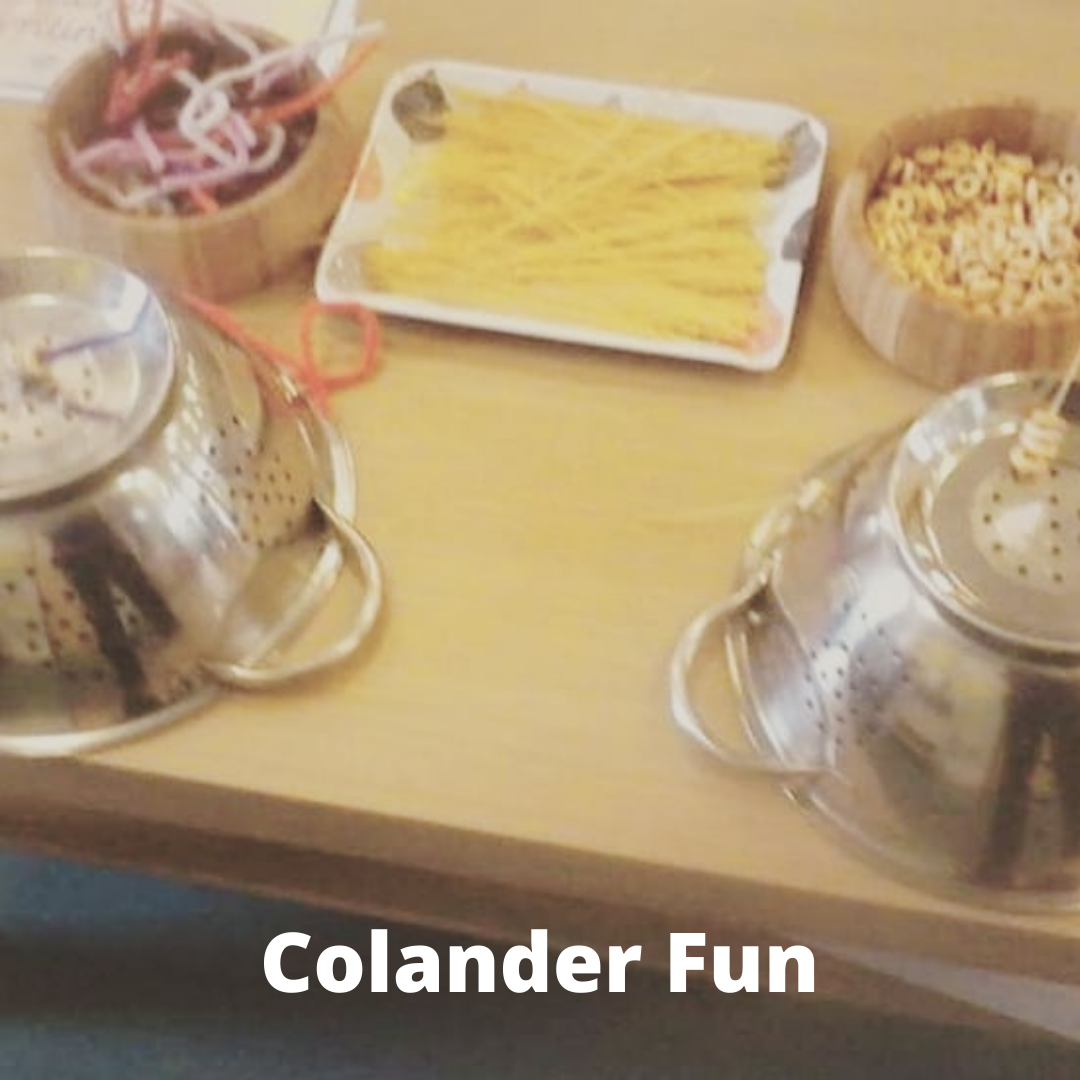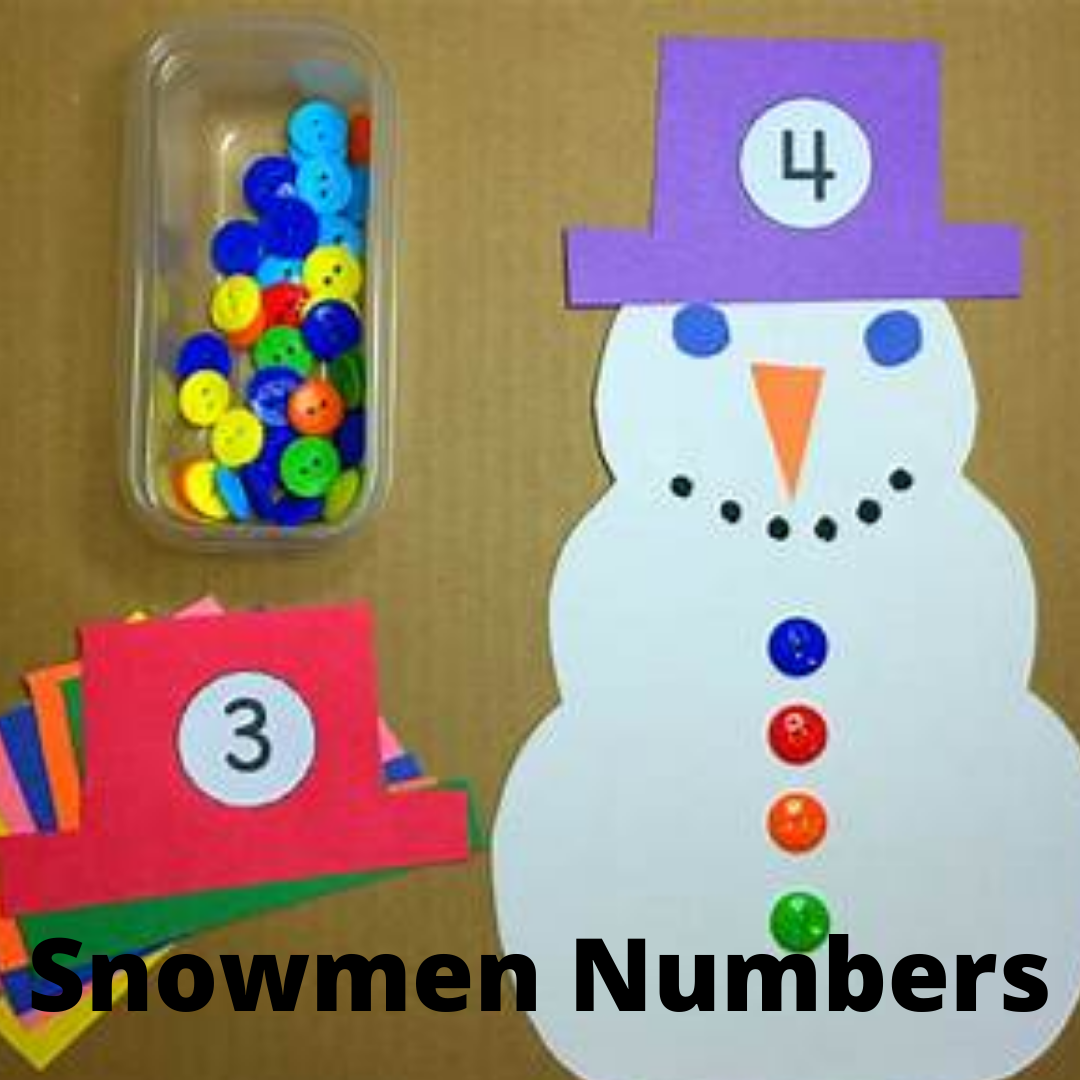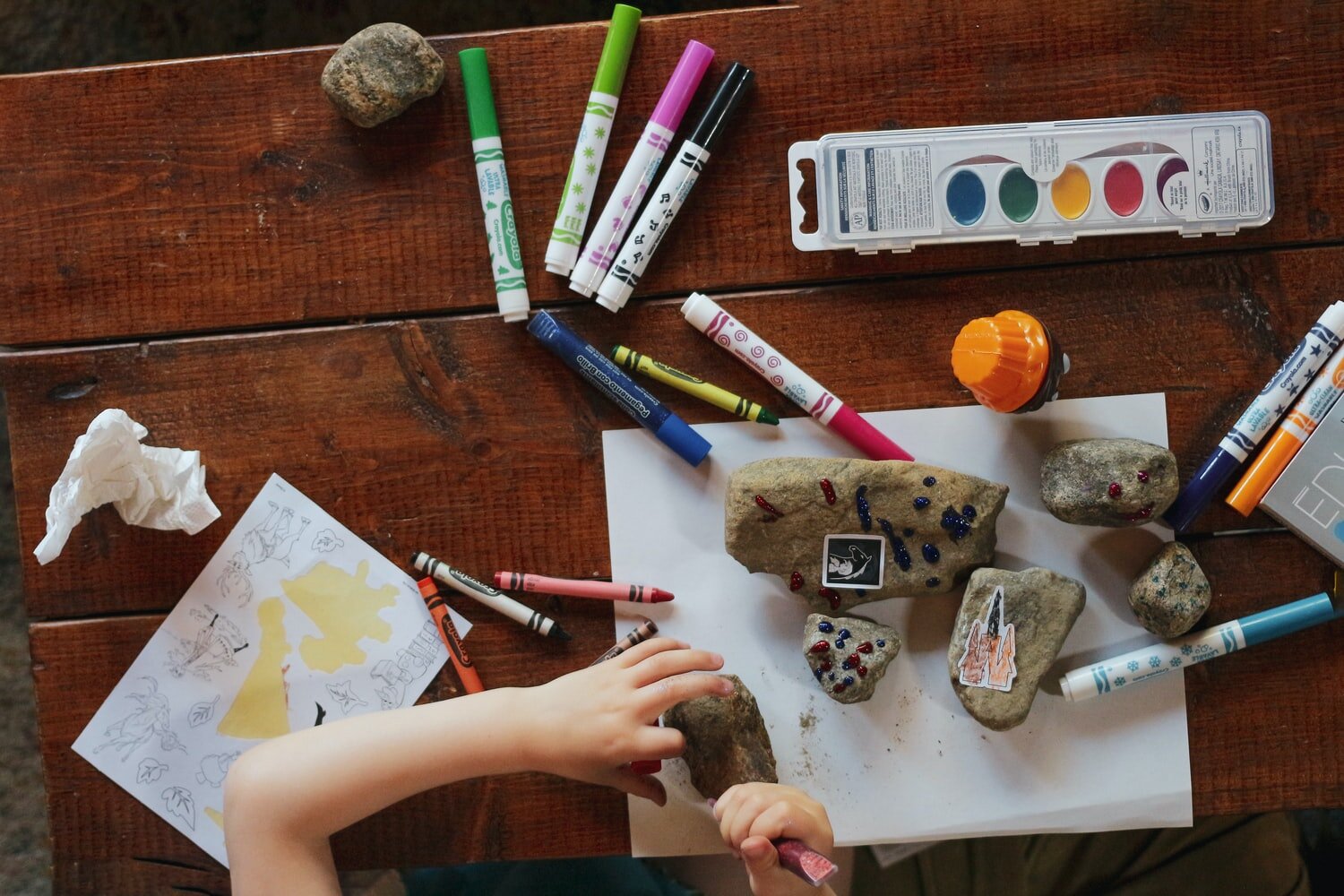Implementation of Finger Gym in Early Years Settings
Lasts weeks blog spoke about the intent and reasons behind why settings may choose to implement finger gym as part of their early years curriculum. This week we intend to unpack some of the ways that you may choose to implement finger gym within your setting.


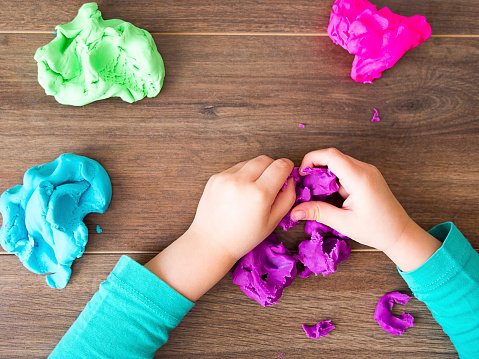
Lasts weeks blog spoke about the intent and reasons behind why settings may choose to implement finger gym as part of their early years curriculum. This week we intend to unpack some of the ways that you may choose to implement finger gym within your setting. All settings are different and unique, and it is important to remember what works for you and your early years setting will not always work for other settings and that is fine. It is about finding things that work for you and being willing to try new activities and ways of implementing early years practise.
Finger Gym Area
Some settings will choose to have an area with your continuous provision, which is set up daily with access to items and activities that have a finger gym area. For example, a coffee table with a challenge of the day, such as, using lollypop sticks to catch bottle lids in a tray of water. Or a small shelf selection with two or three provocations or challenges on the shelfs. Or open-ended resources such as, jumbo tweezers, small loose parts and so on which children can explore in a more open-ended approach to finger gym.
Focused Group Time Activities
Some settings may choose to implement finger gym in a more structured way, by running focused sessions daily. This may be as part of support plans, interventions, or to work with children who have been identified to need support with a certain area of development and learning. Typically, it may be children that you feel need support with their physical development and focus work on their fine motor skills.
Incorporating Finger Gym Throughout Your Continuous Provision
Some settings will opt for introducing finger gym activities throughout their continuous provision and will not have a set space or time for finger gym to occur. For example, whilst following the children’s interests a practitioner, might not that the children are showing a particular interest in spider webs and spiders. She/he may then decide to set up the small world area a web using a linen basket and string and place lots of spiders inside for the children to save with tweezers.
Or it may be that your setting does a mixture of any of these approaches with implementing finger gym. I think when deciding how you are going to implement finger gym in your early years settings it is important to consider the impact that you want to have for the children in your setting, and think carefully about your intent and what you want the children to get out of finger gym sessions or activities in your early years setting.
Join us for our next blog in the series where we hear case studies from some early years settings about their intent, implementation, and impact of finger gym in their setting.
The Intent Behind Finger Gym
Currently in the early years we are thinking a lot about the 3I’s, Intent, Implementation, and Impact. As we saw the introduction of these three terms in the (2019) Early Years Inspection Framework…
Currently in the early years we are thinking a lot about the 3I’s, Intent, Implementation, and Impact. As we saw the introduction of these three terms in the (2019) Early Years Inspection Framework, giving us the fantastic opportunity to reflect on our curriculum and what we want children to learn in the time that they are with us, our pedagogical approach and simply evaluate our practise from every aspect. The 3I’s in their simplest terms, our intent – the reason why we do something, implementation – the how we are going to do that, and the impact the difference our actions make.
Finger gym is a regular part of early years practise with settings across the world having finger gym sessions, activities, or areas as part of your curriculum. Curriculum in its simplest terms is what you want the children to learn in the time that they are with you and the stages that you see children go through. (To find out more about curriculum click here to our ‘Understanding Your Curriculum Webinar’). So, what is the intent the why behind finger gym being part of early years curriculum and practise?
Finger gym was developed with the understanding that in the early years we need to focus on supporting the following skills or abilities in our children:
· Fine motor skills
· The muscles in their hands
· Hand-eye coordination
· Dexterity
· Communication and Language Skills
· Can promote children’s cognitive skills
· Fosters the characteristics of effective learning
With the focus of understanding that these skills are needed for children to be become successful writers and promote physical development. This is because children need those physical, social and communication skills before they are ready to pick up a pen.
Also, finger gym can easily be themed to topics, next steps and current interests of your groups, meaning that you can really tailor your comprehensive finger gym plan to support your individual children and setting. We know when we provide a more tailored activities to children’s interests then we see higher levels of engagement and involvement that result in higher levels of learning.
Keep an eye out for out next blog that will explore the implementation of finger gym, but if you are looking for some ideas before hand check out our 4 weeks of finger gym ideas here.
World Nursery Rhyme Week: The Intent of Nursery Rhymes
10th -14th November 2025
World nursery rhyme week is here again. It is a fantastic opportunity to celebrate nursery rhymes in early years settings. To remember centuries worth of history, past from generation to generation that supports children’s learning and development. This blog posts explores the intent (why) behind singing nursery rhymes in early years settings with a particular focus on supporting speech, language and communication development, but also the question of quantity verses quality.
Why do we sing nursery rhymes?
Over the years research and our professional knowledge has shown many benefits to singing nursery rhymes with children. These are things such as:
Supporting young children’s communication and language development.
Increasing children’s vocabulary.
A strong link between nursery rhymes supporting communication and language development and early literacy development.
Helps children tune into rhythm and rhyme in nursery rhymes that is an important part of early phonics skills.
Research has shown that children who know 8 nursery rhymes by the age of 4 years old are some of the best readers by the age of 8 years old (Meme Fox, Reading Magic).
Can support all areas of cognition, for example, learning to recite numbers through number rhymes.
Can help build children’s self-confidence.
Supports attachments and emotional well-being in babies and young children as they bond with caregivers whilst singing rhymes together.
A pack of 7 carefully planned nursery rhyme group activities to support children’s learning and development. With clear instructions and outlines of what is needed to run each simple fun and engaging session. Each activity has a a bit of a twist on the way that you would normally sing the rhymes to make them fun and engaging for all.
The Impact of Speech Language and Communication Needs
Nursery rhymes are proven to support communication and language development, increasing children’s understanding of language and also their vocabulary. Now more then ever we are seeing children start early years settings with a speech and language delay. NHS England (2019) states that “18–31% of children aged 19–21 months living in disadvantaged communities have language delay that warrants referral for specialist assessment.”. Additionally, NHS England (2019) states that 50% of children starting school from a socially disadvantaged background start school with a language delay or a Speech Language and Communication Need (SLCN). Additionally, research published by Speech and Language UK (2023) suggests that 1 in 5 (20%) children struggle with talking and understanding words. This is 1.9 million children in the UK! And that 80% of teachers feel that children are behind in talking.
This shows now more then ever the importance of focusing on nursery rhymes in the early years to support children’s SLCN, as part of a language rich curriculum. As well as supporting all children and going above and beyond to narrow the gaps in our societal inequalities based on social economical status. We can additionally see the long term impact of children being delayed in speech and language development. For example, Speech and Language UK (2023) report states the following staggering statistics, that children who are being in talking and understanding are 6 times more likely to be behind in English at age 11, 11 times more likely to behind in maths and twice as likely to be unemployed as an adult.
Here is a recorded version of our webinar, ‘Before I Can Write’. For individuals or teams to watch together as part of your continuous professional development. There is the opportunity to pause for discussions or self-reflection within the webinar. This recording has been made for those that have wanted to attend a live event but have not been able to.
This webinar explores how we cannot simply force children to write, before they are ready to learn to write there are many skills that they need to develop. This includes their communication and language, physical skills and imagination. This webinar begins to introduce some of the skills children need before they can write.
Quality Verses Quantity
Meme Foxe, statement that children who know 8 nursery rhymes by the age of 4 years old are some of the best readers at the age of 8 is very encouraging when we think about how much children need to know in order to achieve. This is also highlights the point that it isn’t about quantity of singing rhymes, but actually the quality of the interaction with those rhymes and supporting children’s communication and language development through singing nursery rhymes.
This is reassuring for those of us that have ever felt the pressure, when we sing the same nursery rhymes over and over again in our setting; because they are the children’s favourites! But feeling like we have failed because we are singing again, baa baa black sheep or twinkle twinkle chocolate bar! Although as adults or practitioners we might feel exhausted or tired of the same old rhymes again, repetition is actually really important to young children’s learning and development. The more children repeat an action or activity the stronger the connections (synapses) in their brains come between that all important information.
We also know that when introducing new vocabulary to children with stories it is more beneficial for them to have the same story 3 times with the new vocabulary, then 3 different stories over the week with the same vocabulary. Children who have had the same story actually show a greater use and comprehension of the new vocabulary then their peers. (Raikes et al, 2006). I think that when we think about introducing nursery rhymes to children the same principle applies. It is much better to focus on one new rhyme at a time, then trying to learn the same vocabulary through many different rhymes. So be bold, don’t be scared of diving deep into those nursery rhymes. Don’t be afraid to sing the same one again, again and again.
An activity pack filled with ideas of supporting the nursery rhyme 5 little men in a flying saucer and STEM (Science, Technology, Engineering and Mathematics) in the early years. Created by a passionate early years teacher.
Blog post updated on 11/11/2025. Please do leave us a comment with your thoughts.




